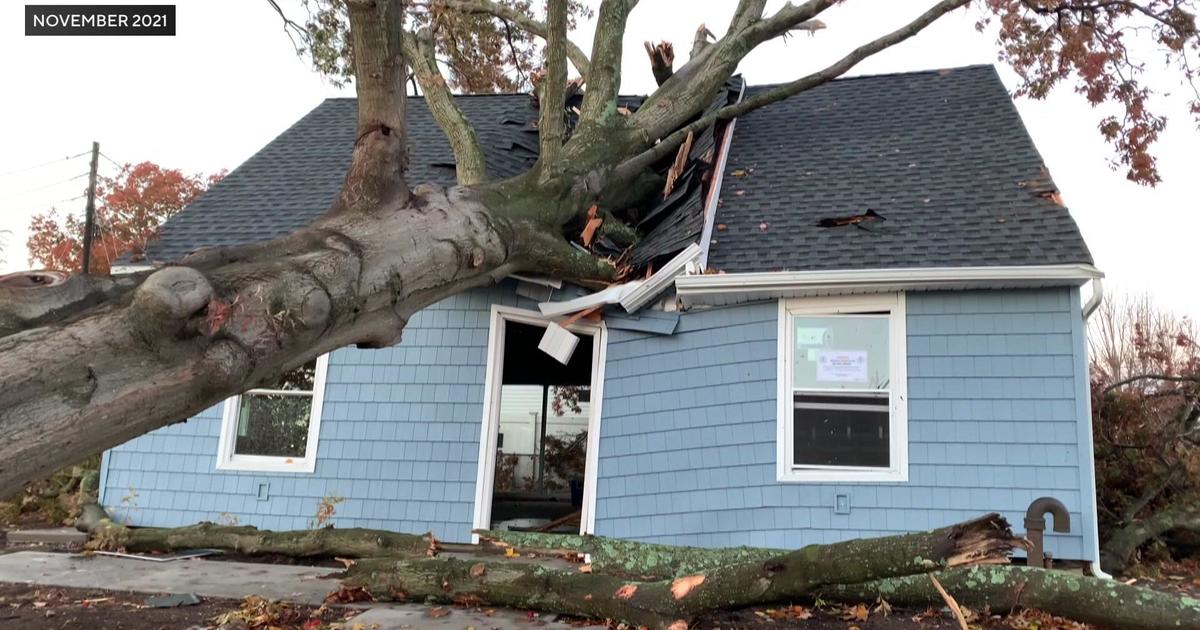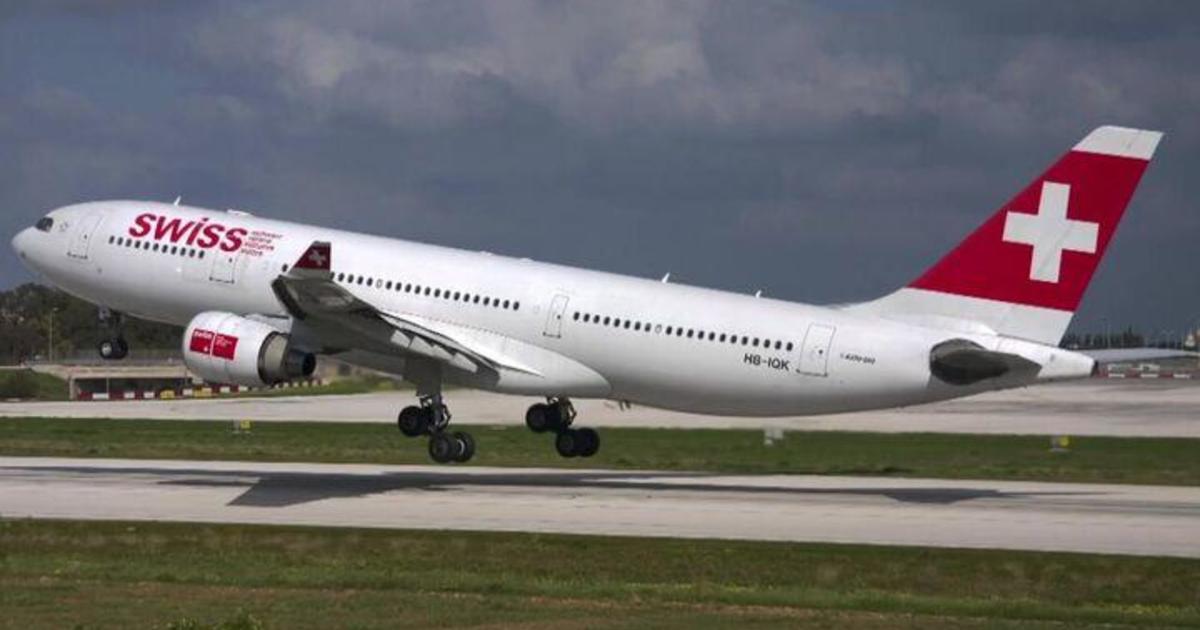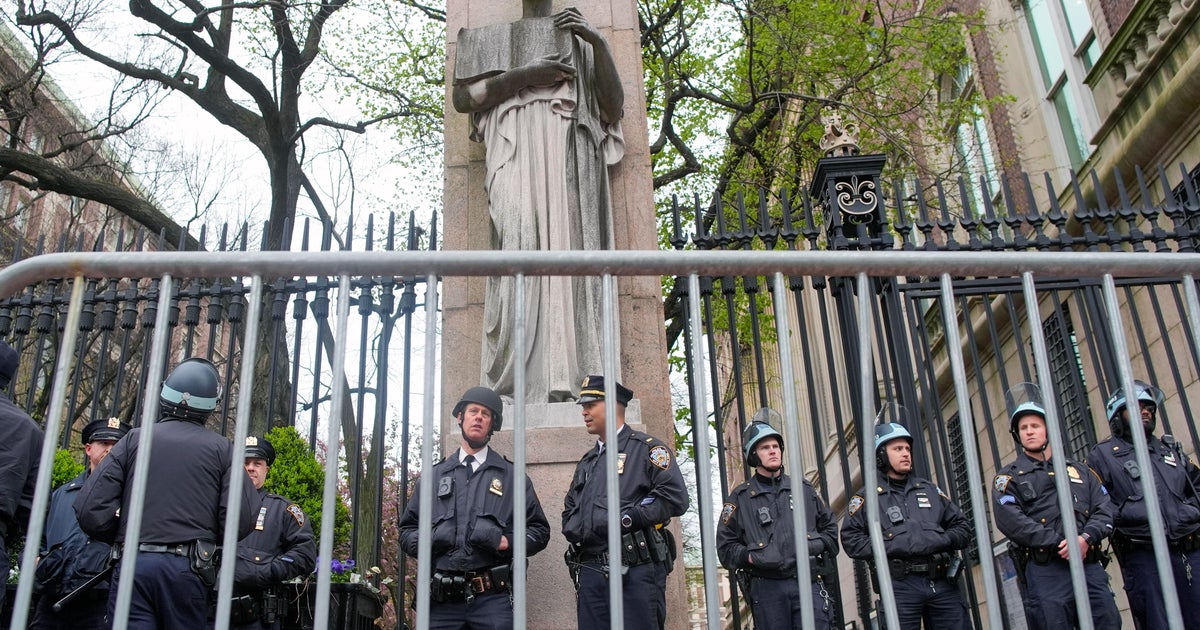Amtrak Engineer Recalls Opening Throttle Before Fatal Philadelphia Crash
WASHINGTON (CBSNewYork/AP) -- The last thing Amtrak engineer Brian Bostian remembers before last May's fatal crash in Philadelphia is pushing the throttle forward to pick up speed and then braking when he felt the train going too fast into a sharp curve, according to a transcript of his interview with federal accident investigators.
When he realized the train was about to derail, Bostian recalled holding tightly to the controls and thinking, "Well, this is it, I'm going over.''
The transcript was among more than 160 documents released Monday by the National Transportation Safety Board. The documents don't come to any conclusions on the cause of the crash but offer a glimpse into what investigators have learned thus far.
LINK: NTSB Docket On Amtrak Crash
Among the most illuminating are two transcripts of interviews Bostian had with investigators, one immediately after the May 12 crash that killed eight people and injured nearly 200 others, and the second in November.
The train's data recorder shows it reached a speed of 106 mph, then the emergency brake was activated and the speed dropped to 102 mph as it entered a sharp curve in Frankford Junction, one of the sharpest curves in Amtrak's northeast corridor.
By then it was too late, and the train derailed. The speed limit for the curve is 50 mph. The limit for the stretch of track prior to the curve is 70 mph, although there is a portion prior to that where it is 80 mph.
"Once I pushed the throttle forward in an attempt to bring the train up to 80 miles an hour, I don't have any other memories until after the train was already in the curve,'' Bostian said in the November interview.
Bostian suffered a possible concussion and had other minor injuries.
An NTSB official described Bostian as "extremely cooperative'' with investigators. The official, who wasn't authorized to speak publicly, talked to reporters on condition of anonymity shortly before the board released the documents.
NTSB has wrapped up its investigative phase into the accident. Next, investigators will analyze the evidence, prepare a report on the probable cause of the derailment and make safety recommendations. A draft report is expected to be delivered to board members in a meeting not yet scheduled, but that will likely happen around the May 12 anniversary of the crash.
PHOTOS: Amtrak Train Derails In Philadelphia
Investigators had already released substantial information about the crash of Amtrak 188, including that the train's data recorder shows it was traveling at about twice the speed limit of 50 mph when it entered Frankford Junction, one of the sharpest curves in Amtrak's Northeast Corridor between Boston and Washington.
It's normal for trains to speed up in the stretch of track before the curve, which has a 70 mph limit. But trains are supposed to slow before entering the curve, and data show the train reached more than 100 mph in that stretch. The emergency brake was activated as it entered the curve, but by then it was too late. The locomotive and four of the train's seven passenger cars jumped the tracks, ending up in a tangled heap.
Bostian, who hit his head in the crash, has said he doesn't recall what happened, according to investigators and his attorney. He provided his cellphone to investigators, who say that there's no indication he was using it while operating the train.
Other avenues of investigation have also turned up dry holes, according to previous statements by investigators. The data recorder shows the train's top-of-the-line new Siemens engine was functioning normally. No anomalies were found in the tracks or signal boxes. There was no vehicle or object on the tracks.
The train's assistant conductor said that before the crash he heard Bostian on his radio say the train had been hit by something. Trains operating in the Northeast corridor are frequent targets of rock-throwing vandals. Other trains in the vicinity of Frankfort Junction reported being hit by rocks that evening not long before the derailment. A small dent was found in the windshield of Amtrak 188's locomotive.
Bostian has been suspended without pay since the crash. A letter from Amtrak in the NTSB files shows he was suspended for speeding the night of the crash.
The information was released a day after another Amtrak train was hit by a mysterious object near the scene of the deadly derailment.
Amtrak officials are investigating after a rock hit an Acela Express train near Bridesburg, Pennsylvania and cracked a window on Sunday evening.
"There was this great boom. Sounded like a tray table drop. Like really hard and strong and loud," passenger Taylor Lorenz, 30, of Park Slope told CBS2 in an exclusive interview.
The damage looks small, but it was a big scare for Emily Kropp.
"heard this really loud popping sound, and looked at the passenger next to me, and we both wondered what it was, and then turned to the right, and saw a crack in the window in the seat I was sitting in," she said.
The train had originated from Washington D.C. and was destined for New York City.
The area is notorious for rock throwing incidents.
On May 12, a SEPTA train was struck by an object along the same track shortly before train 188 derailed.
Officials said there were 201 passengers on the train at the time of the incident.
(TM and © Copyright 2016 CBS Radio Inc. and its relevant subsidiaries. CBS RADIO and EYE Logo TM and Copyright 2016 CBS Broadcasting Inc. Used under license. All Rights Reserved. This material may not be published, broadcast, rewritten, or redistributed. The Associated Press contributed to this report.)



